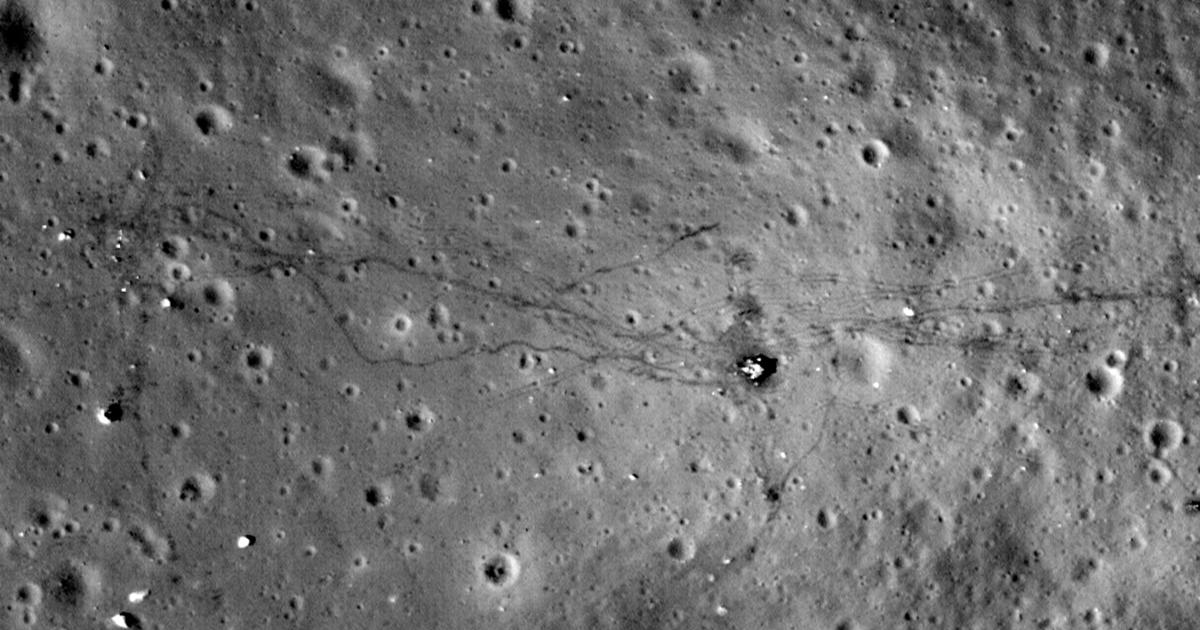plumberdp69
Leading Member
- Messages
- 971
- Reaction score
- 240
Impressed with the many stars behind the moon in a photo I took the other night (after enlarging the image and also some editing). Asked myself were they really stars or noise. Read about the iso and shutter speed noise (due to the heat with slower shutter speed). Thus a test I did. Sharing some results below. Taken using lens cap on and all settings were the same except the shutter speed.

My takeaway from this test is the rapid increase in noise for shutter speed slower than 1 sec.
Interested to compare the above with other cameras and see which ones are better.
I will share the ISO noise results later.

My takeaway from this test is the rapid increase in noise for shutter speed slower than 1 sec.
Interested to compare the above with other cameras and see which ones are better.
I will share the ISO noise results later.





